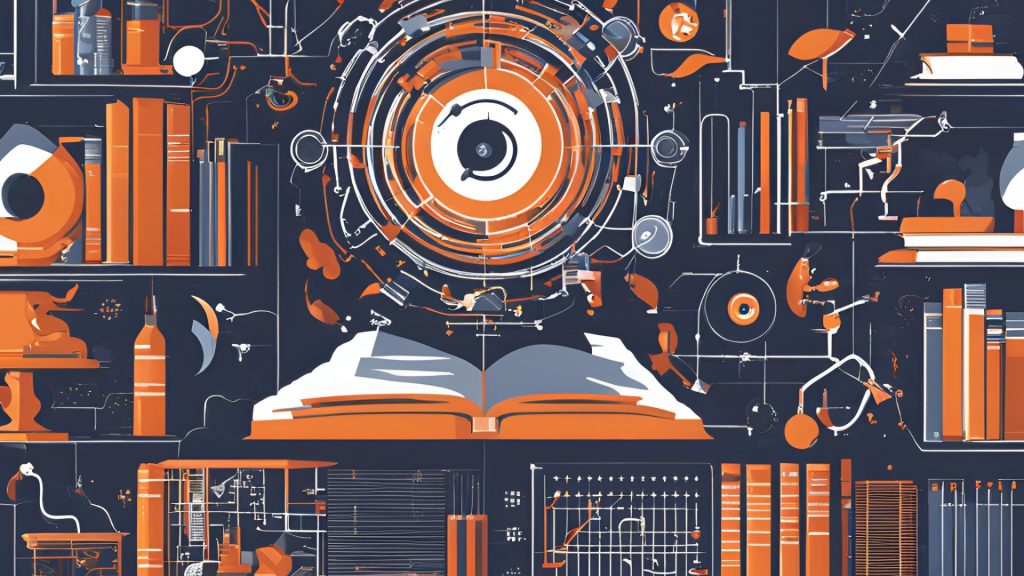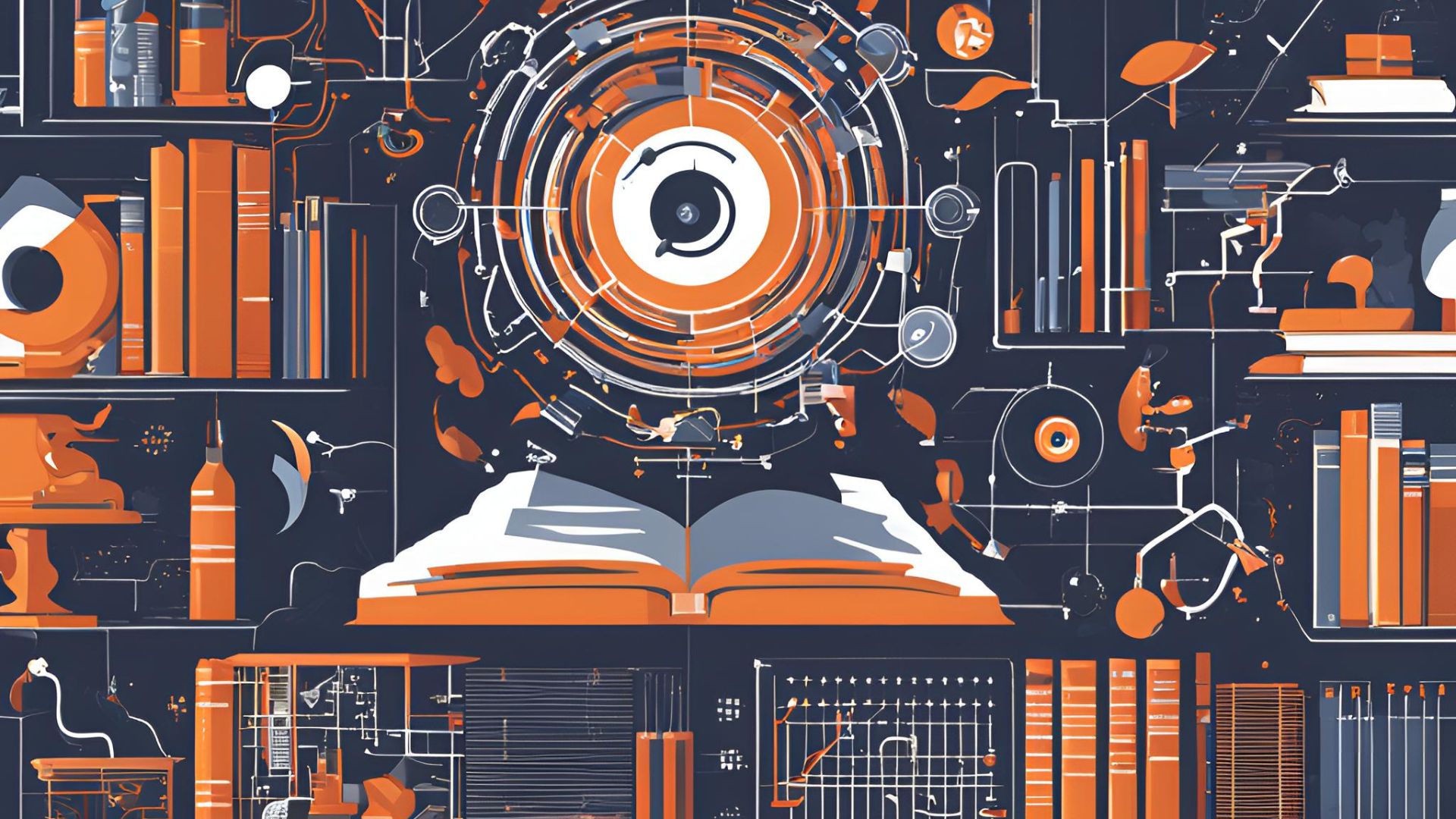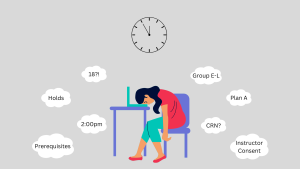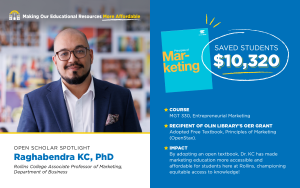
As artificial intelligence continues to grow at an exponential rate, a debate arises on how to implement the new technology into higher education.
ChatGPT has largely become synonymous with AI use in the classroom, but this is merely one small use for the software. ChatGPT is a type of LLM, a large language model, which uses text data to generate and translate text, summarize documents, and perform sentiment analysis.
It rose to its height in January 2023, massing over 100 million users within the first two months of launching. Among those users were college students, utilizing the platform as a free writing service to complete assignments. But a semester later, Rollins had adapted their courses to incorporate an AI policy to address this unprecedented use of technology.
Rollins College faculty are among the many educators working to develop new, informed approaches to AI integration across the liberal arts curriculum.
“Instead of being behind the curve on this, Rollins is actually poised to be a leader within our group of peer institutions,” said Matthew Forsythe, Associate Professor of English at Rollins College.
Despite some initial hesitation on what this software could mean for higher education, educators quickly began studying and collaborating to find uses for AI in the classroom.
“There is a mourning that we have to do of something that we used to do and can be done faster now with AI,” said Anne Murdaugh, Associate Professor of Physics at Rollins College. “We can be sad about that but then also move forward.”
Murdaugh, alongside Associate Professor of Computer Science Dan Myers, presented at the Teaching and Learning with AI conference held at the University of Central Florida. They shared with fellow educators the ways they have been implementing AI into their classes at Rollins.
“Part of the goal was to practice using AI to work through different phases of the research process,” said Myers. “We had the idea of doing a pretty standard research paper, but it was very scaffolded and very structured in terms of discrete phases of deliverables for each phase.”
Myers had implemented this AI-aided research project into a 400-level programming course and an Honors course. Students were encouraged to use AI to bounce off of during the research and writing process. Myers and Murdaugh both found this AI tutor particularly effective in expanding students’ interdisciplinary research that transcended their expertise.
“Beyond looking things up in books in the library, beyond just searching the internet to try to find relevant information, we now have a very powerful tool to help you work on independent interdisciplinary projects,” said Myers.
While Rollins was quick to implement an AI policy, this policy was not necessarily specific in its parameters. The school placed responsibility on faculty to outline the policies they deemed suitable for the use of generative LLMs in the classroom.
“We’re trying to do this in a mindful and deliberative way, knowing that AI use across classes is going to look different,” said Murdaugh.
The difficulty lies in addressing, “How do we make sure that we have a policy that leverages AI in a positive way, while also giving people the agency they need to have the policy that works best for their classroom?” said Murdaugh.
“One of the things that I’m emphasizing to the students is that you need to think of using the AI as a really enthusiastic assistant who will never run out of energy,” said Forsythe.
Many educators have expressed concern over AI substituting the learning process for students. With technology that can generate papers or art pieces in a matter of seconds, educators ask themselves how they can ensure students are developing critical thinking skills.
“If you’re using AI to do the work, then that means you’re replaceable by AI,” said Murdaugh. “But, if you’re using AI to augment and enhance you and your thinking skills, now AI has made you better.”
AI is slowly becoming inescapable, so educators are beginning to have to work to figure out how to make it a tool like any other career preparation skill for students.
Myers is a self-admitted “radical” proponent of AI and one of the main leaders in utilizing AI on Rollins’ campus and envisions AI integrating itself into all aspects of campus life.
“Because AI gives you access to a broader range of information, it allows you to think and access skills that previously would have been gated behind prerequisite courses,” said Myers. “Maybe we should think about a flatter curriculum where we are more oriented toward being aggressive, being ambitious in terms of how we challenge you all to do things, and what we expect of you at earlier levels of the curriculum.”
Myers does not imagine this change resulting in a complete overhaul of education today.
“The fundamental structure of our programs is sound,” said Myers. “The things that we want to teach, like critical thinking, information literacy, and written communication skills, are all going to continue to be relevant because those are exactly the skills that you need to use AI effectively.”
AI has begun to drive the workplace, so through teaching students how to use it effectively, students will become more marketable job candidates.
“The world that you’re entering is a world in which students will be using AI in various forms, in various and many exciting ways,” said Forsythe.
That is not to say AI has challenges or concerns.
“As the faculty director of the Honor Council, many of our cases coming from this semester are students who aren’t paying attention to what the rules of the class are,” said Forsythe.
Just as in the workplace, students will need to stay updated on the AI guidelines for each of their professors’ classrooms.
Further, AI poses ethical issues regarding the amount of energy it consumes and the lack of transparency in its algorithms.
According to the World Economic Forum, training an LLM, such as ChatGPT, requires as much energy as it does to power 130 homes in the United States. The energy expenditure raises the question of how sustainable utilizing such technologies mainstream might be.
AI is also trained by companies that may lack transparency in the algorithms they are using, leading to potential biases in programming.
There is much to consider for educators in weighing the lasting effects of AI in reshaping the procedures surrounding higher education. Yet, Rollins faculty remains responsive in face of new technology and continues to look for innovative uses of AI in their curriculum.
Forsythe said, “I think that it’s going to shift many things about the way that we not only deliver education and how students prepare their work but also for the workplace that we’re preparing them for.”










Comments are closed.